
Our History
Today’s Turtle Creek Park has been a natural sanctuary and park for Dallas residents and visitors since 1892, first as a private park, and then as a public park when the City of Dallas purchased the park in 1909. Before that, the untamed land was used as a gathering site for the Texas Rangers, among others, who would agree to meet up at “the creek with all the turtles.” Here’s a quick look at our beloved park through the centuries.

Relics discovered in archaeological surveys, including dart points and flint chips from making stone tools, confirm Turtle Creek has been in use for thousands of years. Much later, Native Americans camped here and enjoyed the outcropping of trees and spring water source.
The Texas Rangers camp on “the creek with all the turtles” when fleeing attacking Native Americans.
The Republic of Texas makes a land grant to William Grigsby, making him the first known owner of the land.
Dallas founder John Neely Bryan witnesses Grigsby selling the land for one dollar an acre to Calvin Cole. Cole’s son built a log home near the creek.
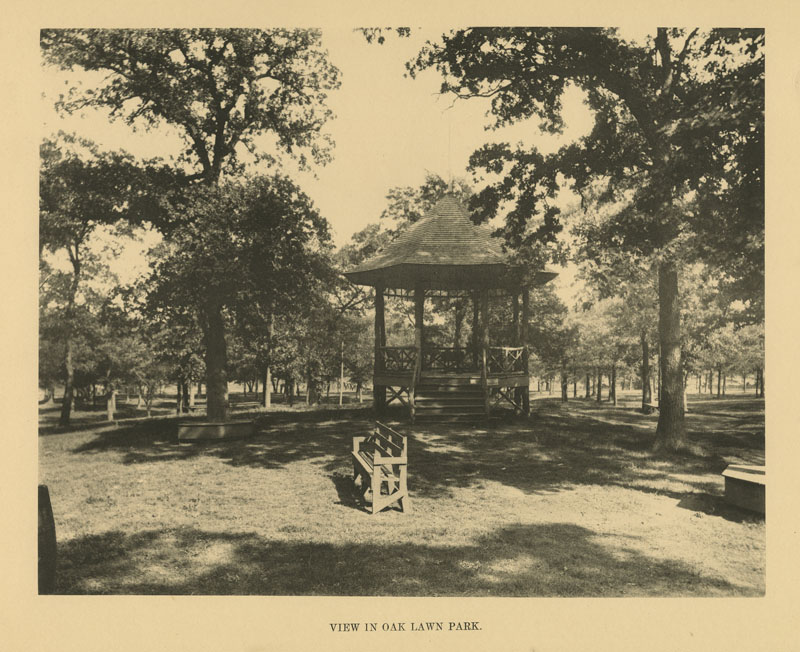
Dallas Consolidated Electric Street Railway Company purchases the land. With developers Oliver P. Bowser and Captain William H. Lemmon, they founded “Oak Lawn Park” in Dallas’ first northern suburbs, just a five-cent streetcar ride from downtown.
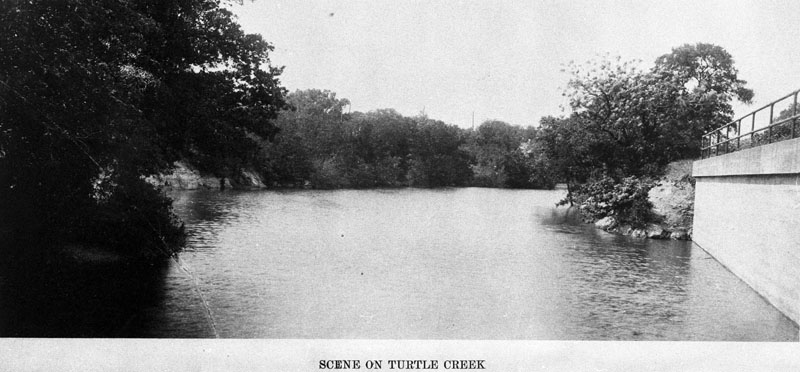
The City of Dallas purchases the park.
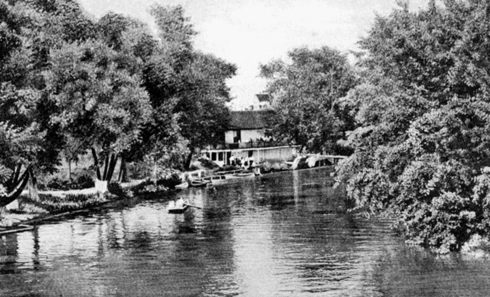
The New Deal Works Progress Administration (WPA) constructs a stone bridge, picnic table and benches, still in use today.
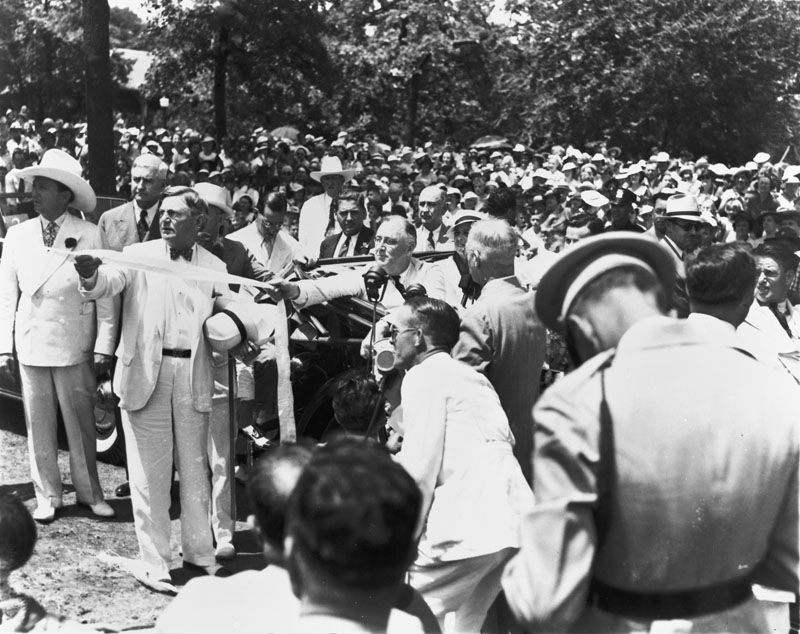
The park name is changed to Robert E. Lee Park when the Dallas Southern Memorial Association commissions a six-ton bronze statue of Lee. President Franklin D. Roosevelt unveils the statue at the corner of Hall Street and Turtle Creek Boulevard while in town for the Texas Centennial.
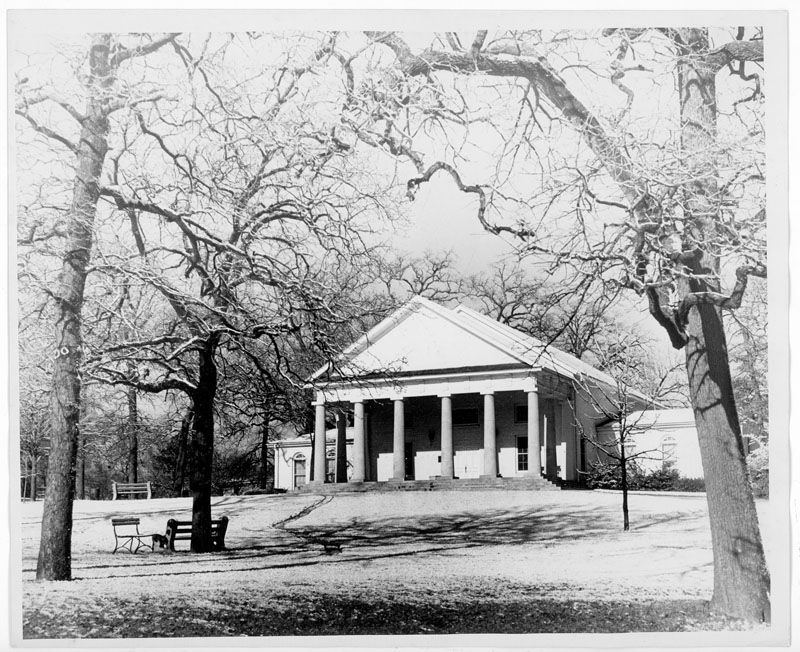
Arlington Hall, designed by noteworthy architect Mark Lemmon, is constructed as a field house with lockers for park-goers.
Arlington Hall hosts USO Dances and Red Cross Blood Drives during wartime.
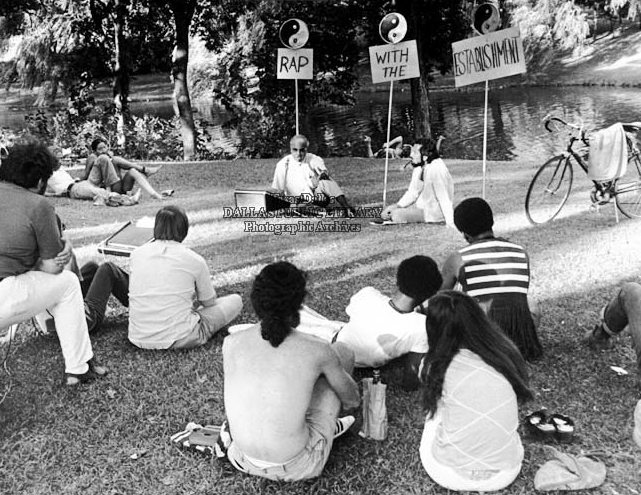
The park is a focal point for Dallas hippie culture.
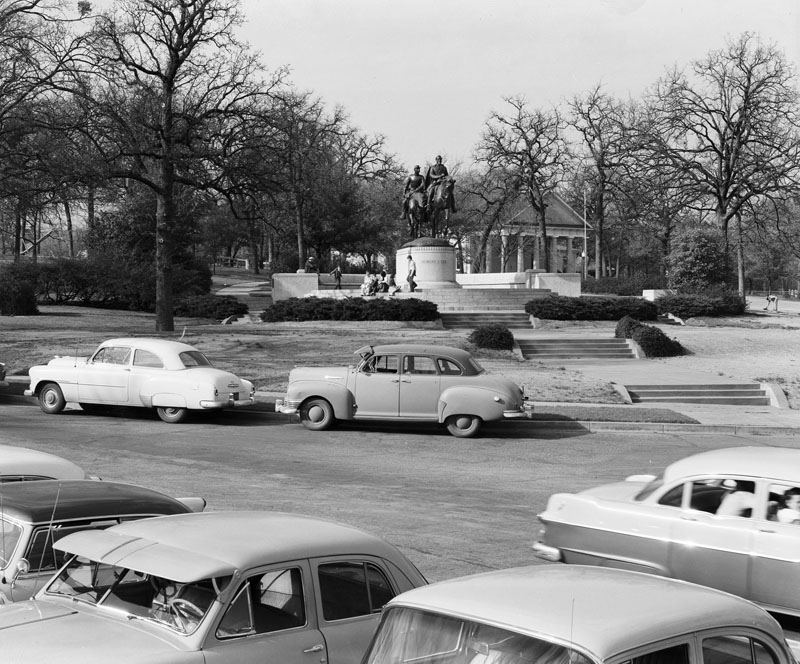
Neighbors and five community organizations create the Lee Park & Arlington Hall Conservancy (now Turtle Creek Conservancy) to address three decades of neglect and decay to the park and hall.
A complete renovation and expansion is completed with $2.1 million in private funding from the Conservancy’s efforts and $500,000 in bond money from the City.
The Allman Pavilion is constructed at the southwest corner of the park, a gift from Allie Beth & Pierce Allman. A garden behind the pavilion is a gift from Gene and Jerry Jones.
2006 bond funds were combined with a gift from the Snyder Family Foundation to create a ramp linking the park to the Katy Trail at Snyder’s Union.
The Dallas City Council votes to remove the statue of Robert E. Lee and temporarily use the name of Oak Lawn Park.
The Dallas Park Board votes on a permanent name on April 4, and Turtle Creek Park becomes the park’s official name.